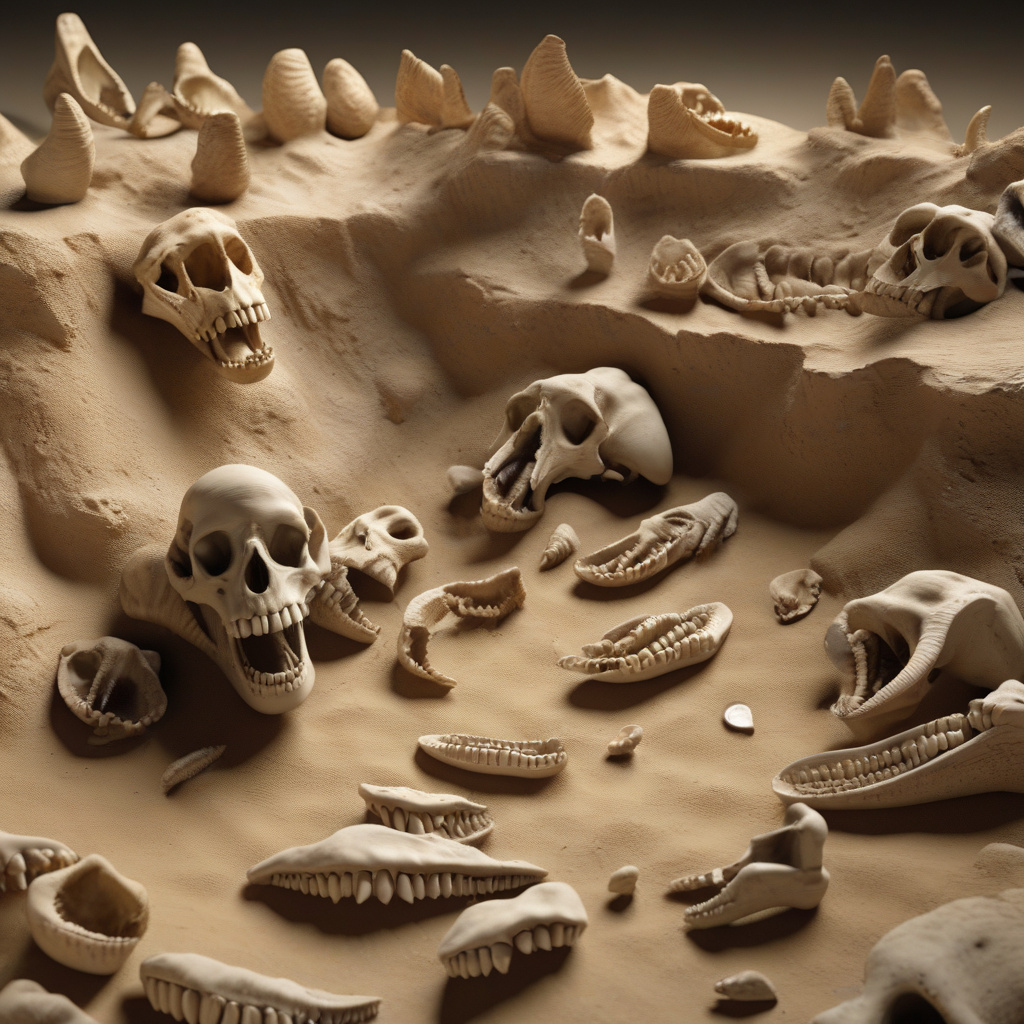Fossil Teeth Unveil New Early Human Species that Lived 2.8 Million Years Ago in Africa
An international team of paleontologists has gained new insights about human ancestors from the Ledi-Geraru area in Ethiopia. The discovery of fossilized teeth dating back 2.8 million years has shed light on a previously unknown early human species. This finding challenges existing theories about human evolution and provides a fascinating glimpse into our ancient past.
The fossil teeth, belonging to an adult individual and two children, exhibit unique characteristics that distinguish them from other known hominin species. The shape and size of the teeth suggest adaptations to a diet that included hard or tough foods, indicating a possible shift in dietary patterns among early humans during this period. These findings have prompted researchers to reconsider the timeline and mechanisms of human evolution in Africa.
This discovery is significant not only for its implications on the evolutionary tree but also for what it reveals about the environmental conditions of early human habitats. The Ledi-Geraru region, where the fossils were found, is believed to have been a diverse landscape with varying vegetation and resources. By studying the dental remains of these ancient humans, scientists can infer valuable information about their behavior, diet, and interactions with their surroundings.
Furthermore, the identification of a new early human species highlights the complexity of our evolutionary history. It underscores the idea that multiple hominin species coexisted and adapted to different ecological niches over millions of years. This diversity within the human lineage adds layers of richness to our understanding of how we came to be the dominant species on Earth.
In addition to the scientific implications, the discovery of this new early human species captivates the imagination and curiosity of people worldwide. It invites us to ponder our origins, contemplate the journeys of our ancestors, and marvel at the incredible process of evolution that has shaped the course of human history.
As researchers continue to analyze the fossil findings from Ledi-Geraru and piece together the puzzle of early human evolution, one thing remains clear: there is still much to learn and discover about our ancient past. Each new fossil, each new insight, brings us closer to unraveling the mysteries of our origins and understanding the remarkable journey that has led us to where we are today.
The unveiling of this new early human species serves as a reminder of the endless possibilities that await us in the field of paleoanthropology. It sparks excitement for future discoveries and encourages us to keep exploring, questioning, and seeking answers to the fundamental questions of our existence.
In conclusion, the fossil teeth from Ledi-Geraru have opened a window into a previously unknown chapter of human evolution. They have broadened our perspective on the diversity of early human species and challenged us to rethink our preconceived notions about the past. As we delve deeper into the study of these ancient remains, we move closer to unraveling the intricate tapestry of human evolution and gaining a deeper appreciation for the incredible journey that has brought us to the present day.
evolution, earlyhumans, paleoanthropology, discovery, LediGeraru












